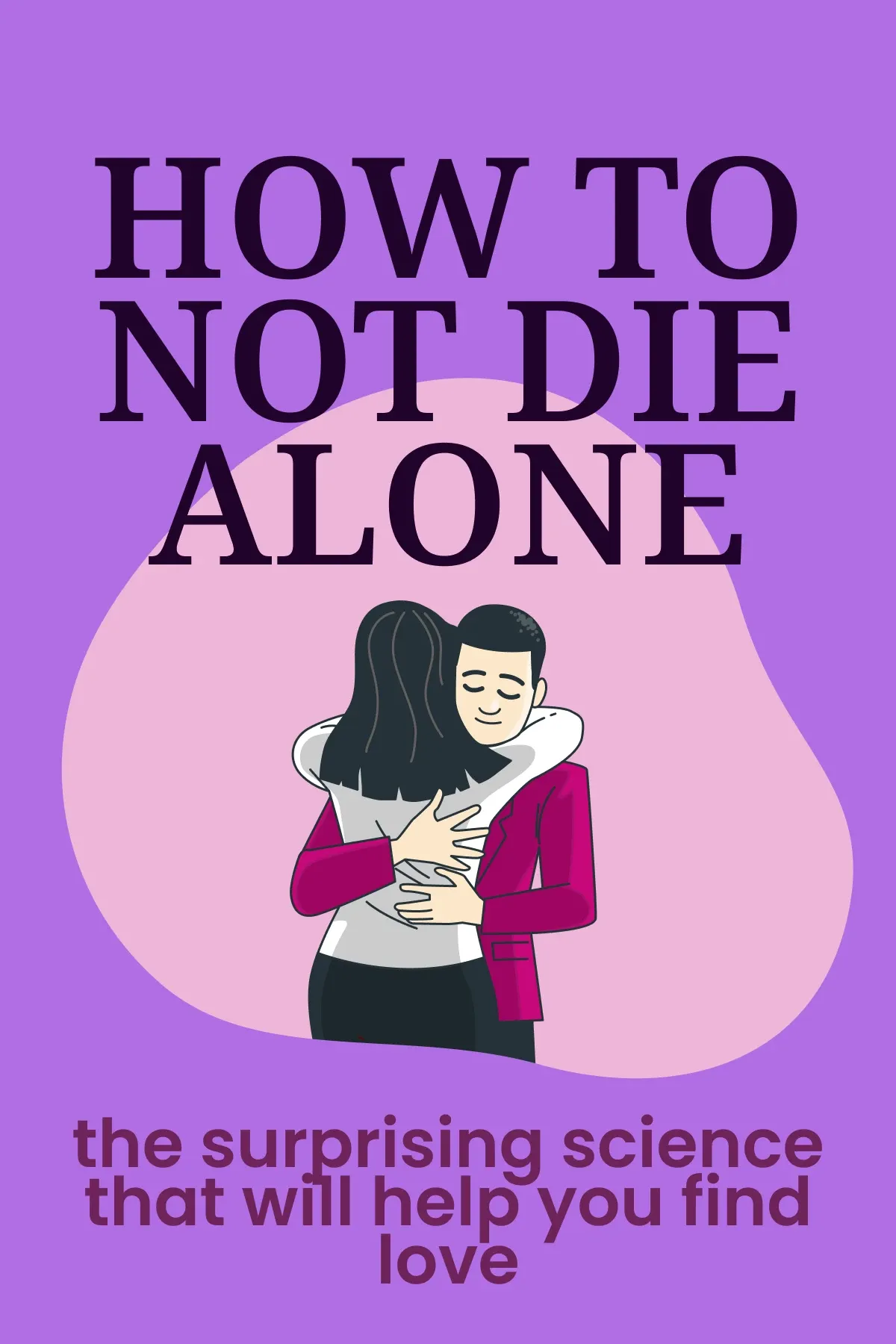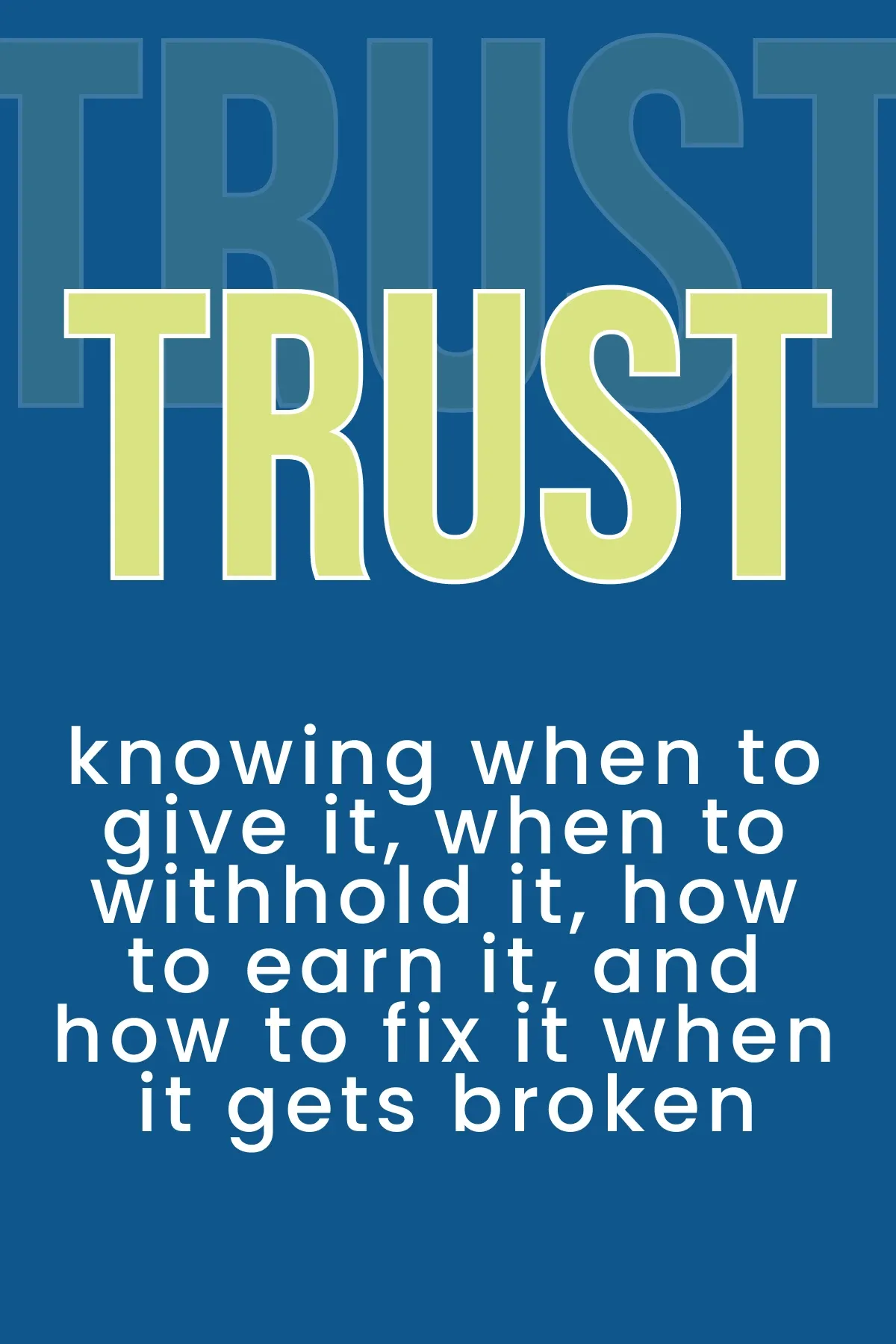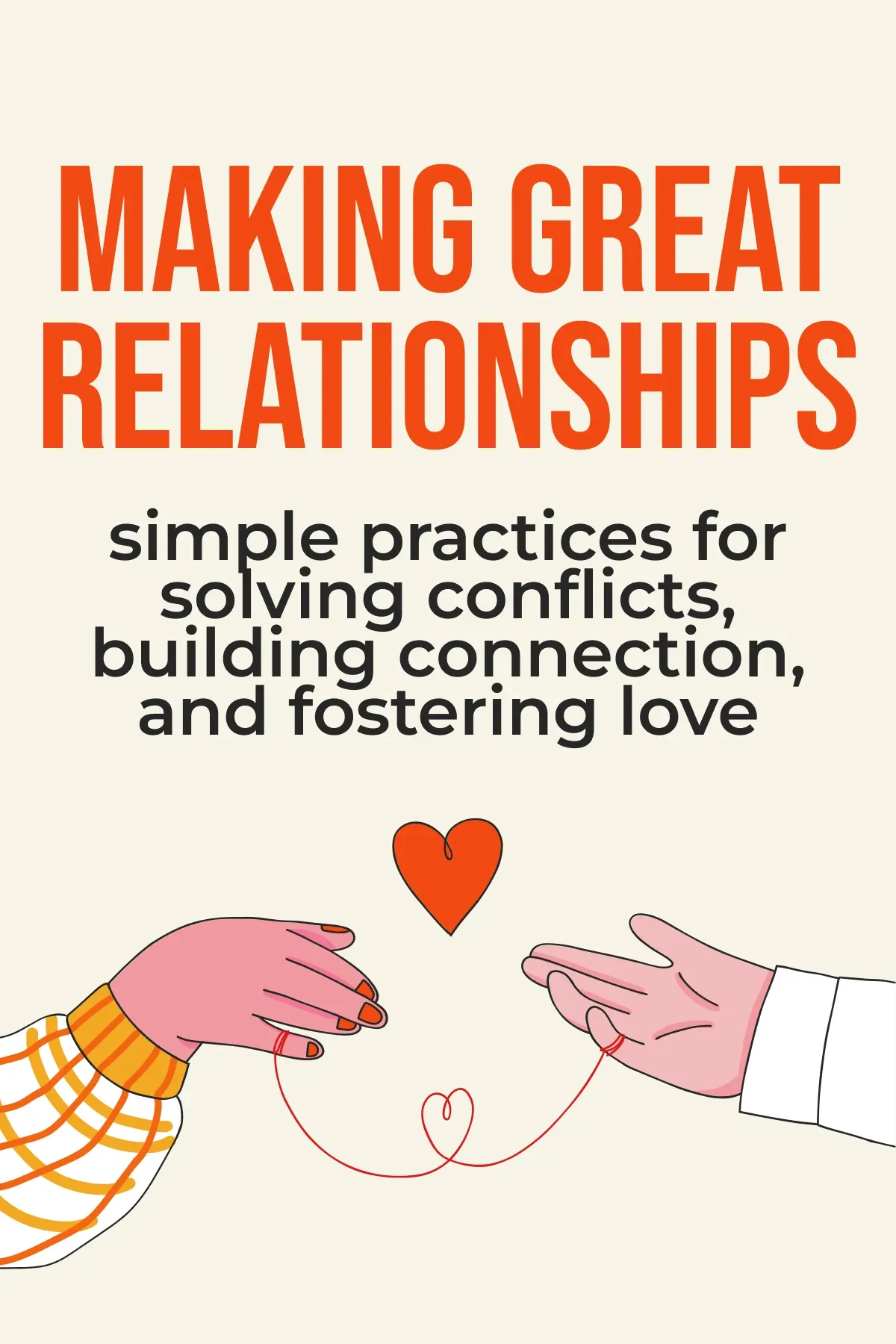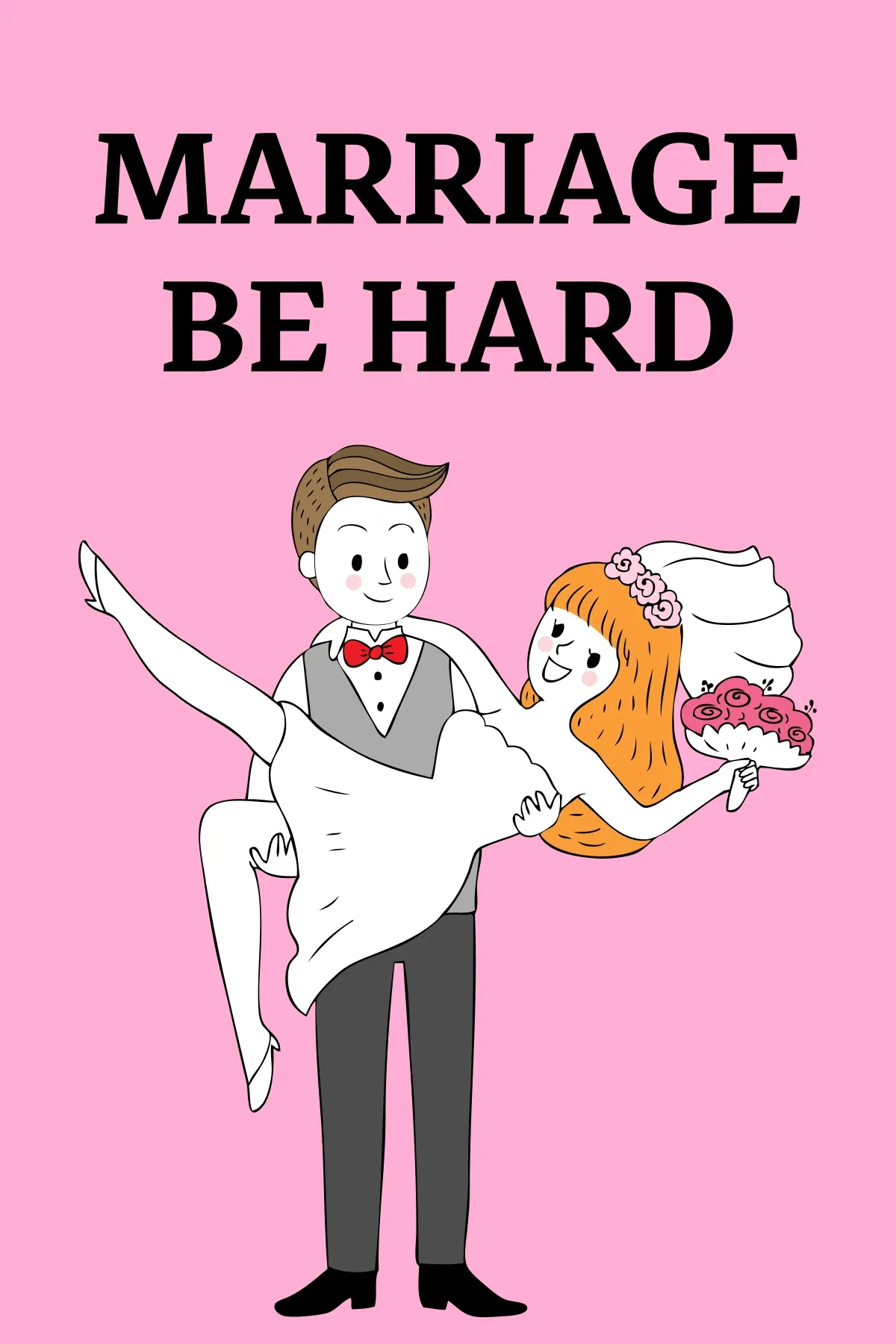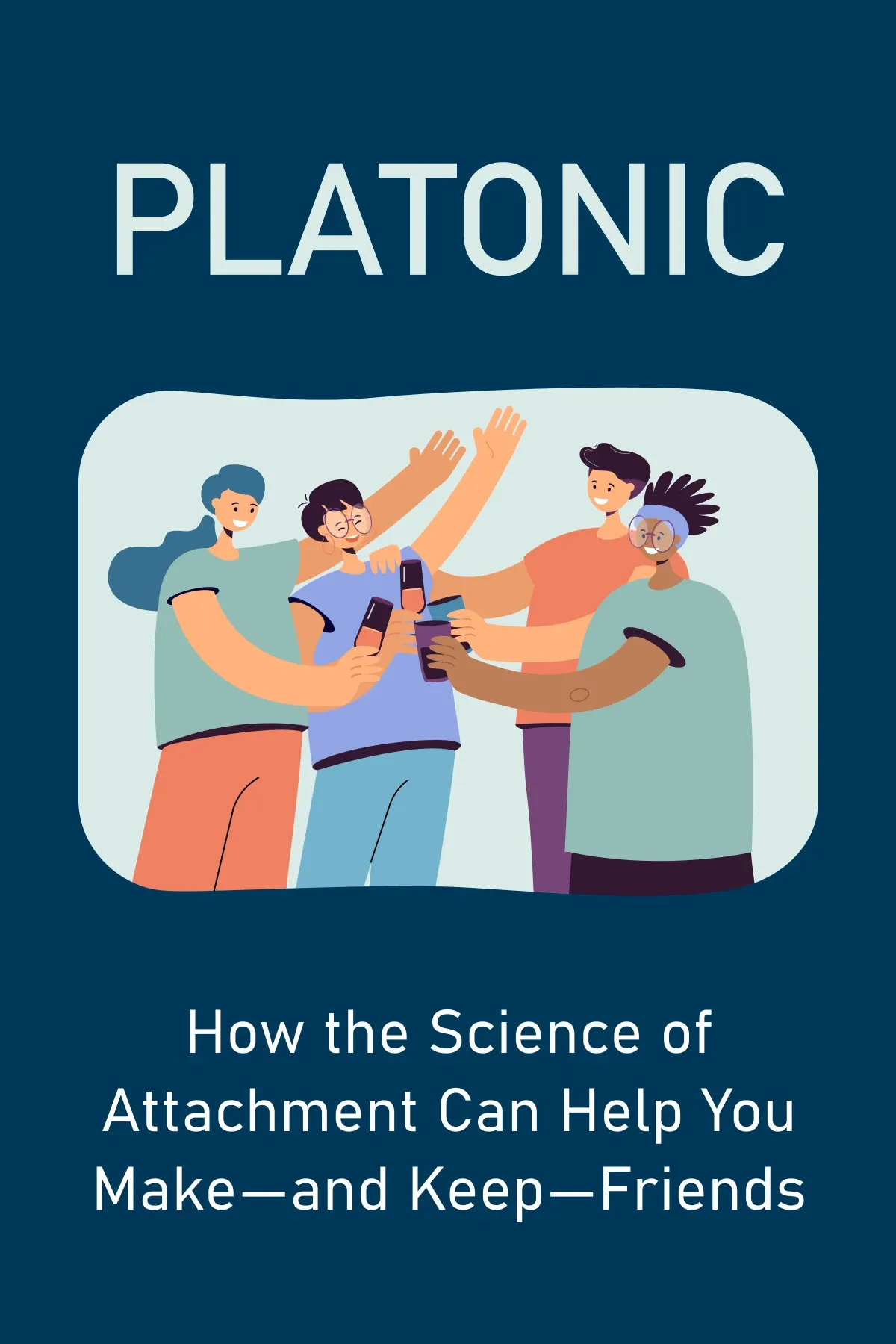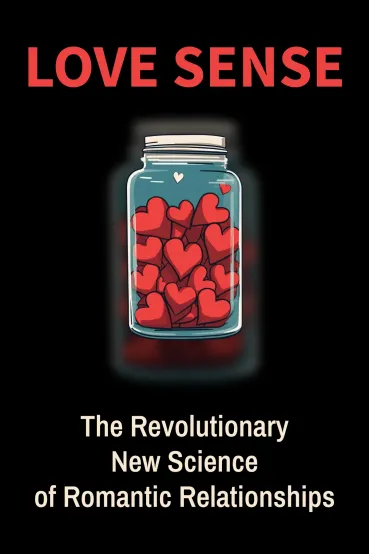
Love Sense
Brief Summary
Our entire world is based on love, so that is no wonder that everyone is so eager to feel it and create solid and long-lasting relationships. However, to achieve this goal, we need to understand the basics of love and know the true meaning behind this feeling. “Love Sense” by Sue Johnson can help us.
Key points
Key idea 1 of 8
The basics of the theory of evolution, created by famous scientist Charles Darwin, became central to the idea of human development. They were logical, structured, and free of any emotion. The same was his approach to relationships.
For instance, Darwin tied the knot with his fiancée because the advantages of marriage, such as intimacy, childbirth, and a reliable partner, outweighed the disadvantages. He was ready to sacrifice time, money, and his dream trip to the New World in favor of a patient wife who would support him as he retired. He chose out of practicality and physiological needs, not out of love. Years ago, when relationships broke down, our ancestors tried to work the situation out using analytical and practical approaches. Unfortunately, their effectiveness remains questionable.
In the first case, couples search for the roots of their behavior in the long past. They analyze their previous relationships and try to understand whether they are reproducing their past experiences and traumas. However, this approach excludes the behavior of their new partner, which is wrong.
The second case, although encouraging more effective interaction in a couple, is also far from perfect. The reason for this is its short-term effect. Neither mirroring your partner’s words nor compromising in doing household chores or acrobatics in bed can solve fundamental relationship problems. While these tools are important partnership components, they do not equate to love. Such an approach acts as wooden struts that support the walls of a house. It can temporarily restore its balance but cannot prevent it from falling if the foundation is damaged.
Today, more of us have become geographically separated from our loved ones and have chosen to live independently. For example, recent research in the United States showed that the number of single-person households has increased by more than 26 million since the mid-20th century.
You may also like these summaries


